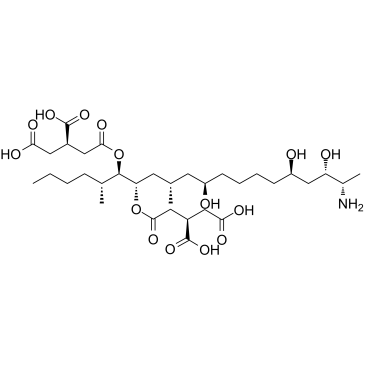| 结构式 | 名称/CAS号 | 全部文献 |
|---|---|---|
 |
伏马菌素 B2
CAS:116355-84-1 |
|
 |
伏马毒素 B1
CAS:116355-83-0 |
|
 |
伏马菌素 B3 溶液
CAS:136379-59-4 |